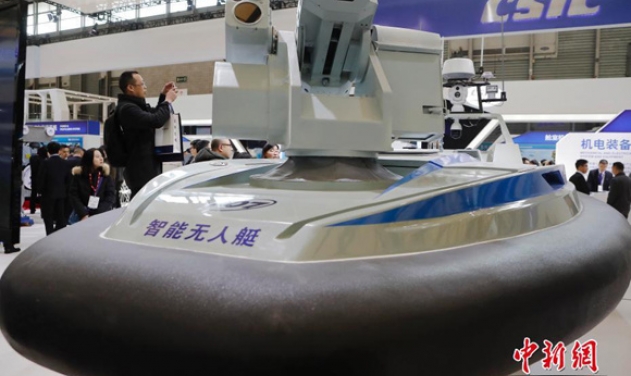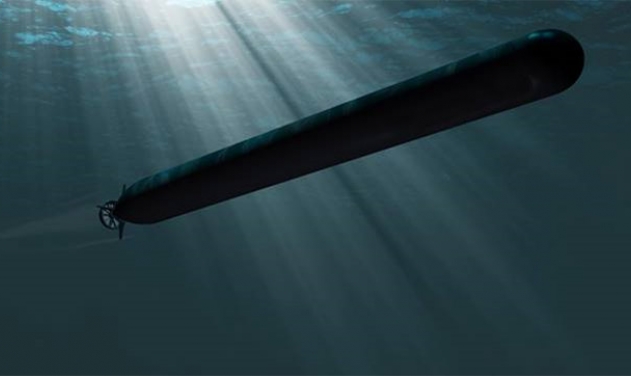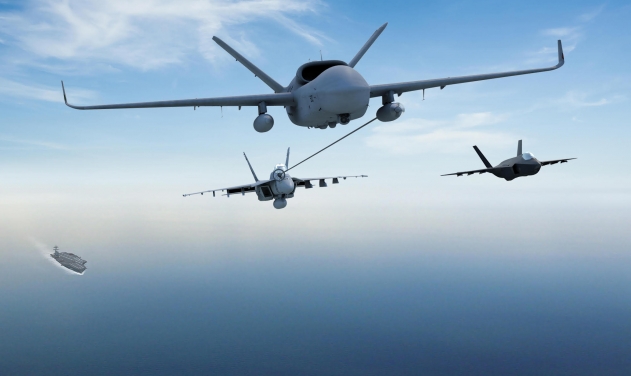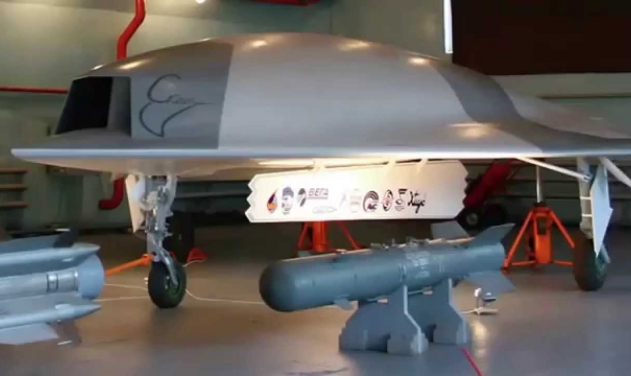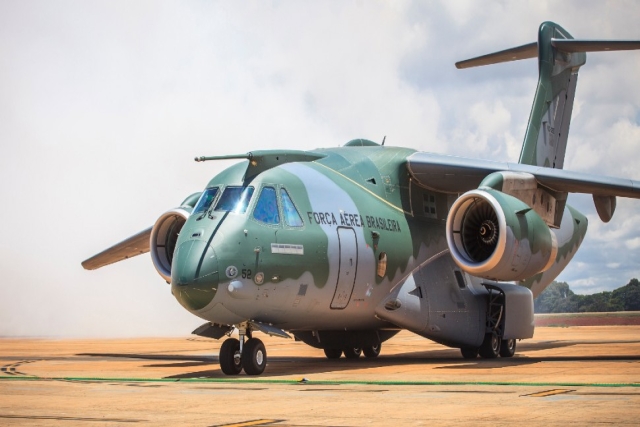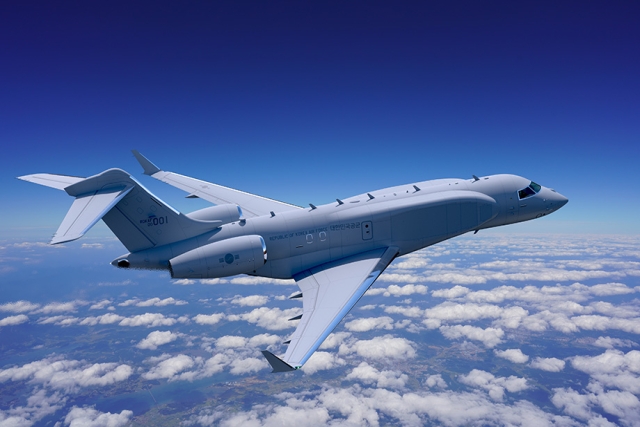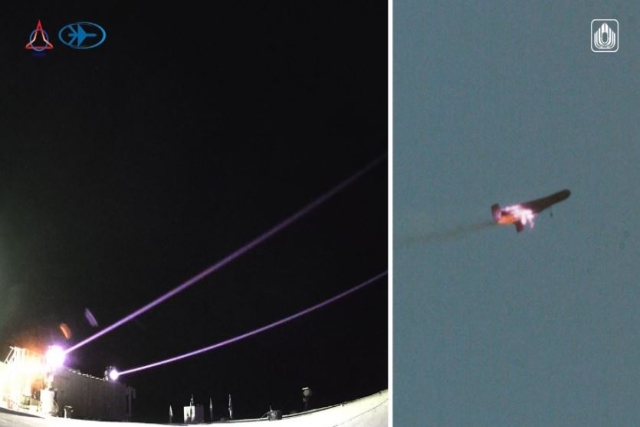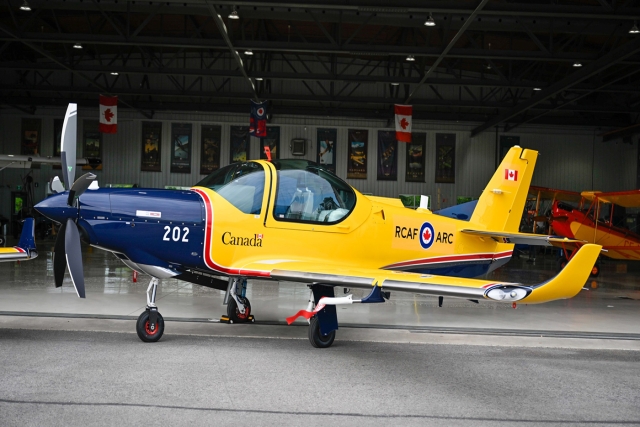US DARPA Completes Unmanned Anti-submarine Warfare Technology Demonstration Ship Project
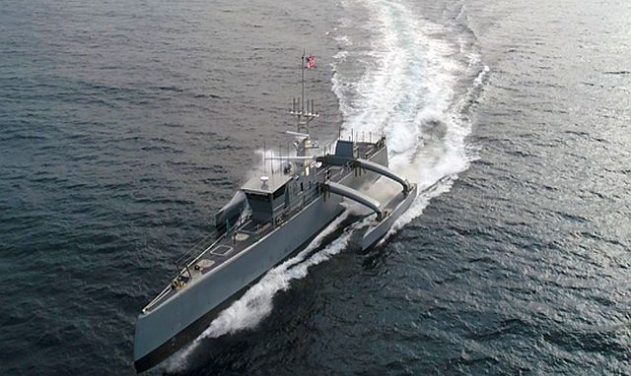
The US Defence Advanced Research Projects Agency (DARPA) has completed its Anti-Submarine Warfare (ASW) Continuous Trail Unmanned Vessel (ACTUV) program to develop a naval vessel that can traverse thousands of kilometers without a single crew on board for months at a time.
DARPA has transferred the technology demonstration vessel, Sea Hunter, to the Office of Naval Research (ONR) which will continue developing the revolutionary prototype vehicle—the first of what could ultimately become an entirely new class of unmanned ocean-going vessel—as the Medium Displacement Unmanned Surface Vehicle (MDUSV).
“ACTUV’s move from DARPA to ONR marks a significant milestone in developing large-scale USV technology and autonomy capabilities,” said Alexander Walan, a program manager in DARPA’s Tactical Technology Office (TTO). “Our collaboration with ONR has brought closer to reality a future fleet in which both manned warships and capable large unmanned vessels complement each other to accomplish diverse, evolving missions.”
“ONR appreciates the truly impressive work by DARPA in advancing this technology, and the strong partnership we've had on ACTUV over the years,” said Robert Brizzolara, ONR program officer for MDUSV. “As ACTUV transfers from DARPA to ONR, ONR is looking forward to continuing and capitalizing on the science and technology work. In particular, we are already working on autonomous control, a challenging area that is key to maturing MDUSV and delivering it to the fleet.”
In October 2016, DARPA and ONR began at-sea testing of Sea Hunter’s sensing and autonomy suites. Between February and September 2017, the vessel passed three progressively challenging tests to integrate the suites and use them to comply with International Regulations for Preventing Collisions at Sea (COLREGS) in operationally realistic scenarios.
DARPA and ONR also conducted tests to prove a key element of the ACTUV/MDUSV design: the flexibility to handle diverse missions by switching among modular payloads. Sea Hunter had a successful joint test in September 2016 with DARPA’s Towed Airborne Lift of Naval Systems (TALONS) research effort. In August 2017, the vessel conducted at-sea tests with a mine countermeasures (MCM) payload.
ONR plans additional at-sea tests to further develop ACTUV/MDUSV technologies, including automating payload and sensor data processing, rapidly developing new mission-specific autonomous behaviors, and exploring autonomous coordination among multiple USVs. Pending test results, MDUSV could transition to U.S. Navy operations by 2018.

